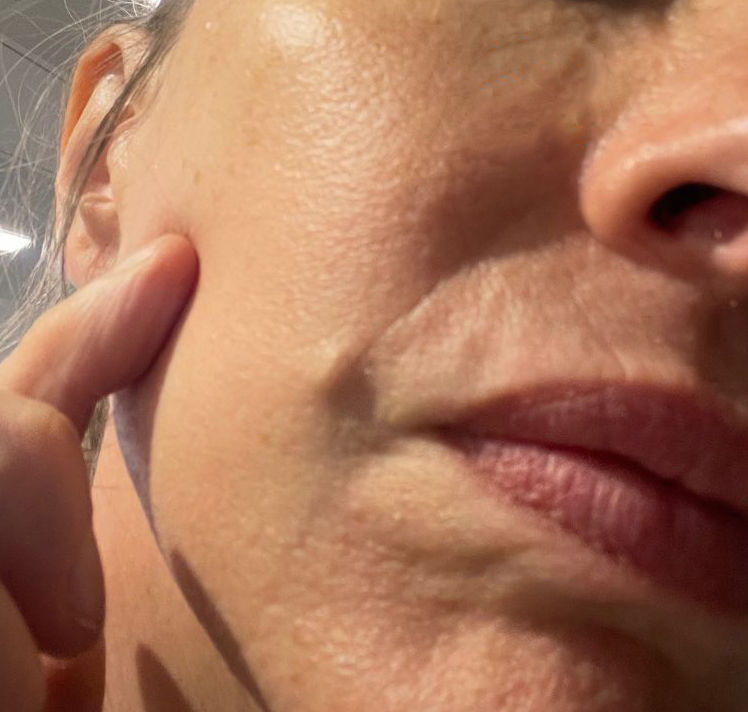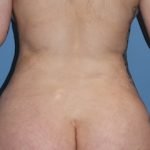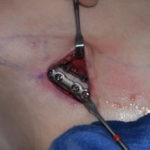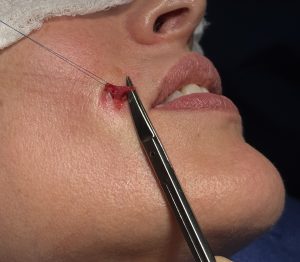Introduction
Injectable fillers are widely used for facial rejuvenation and contouring, with hundreds of millions of procedures performed worldwide. Complications are uncommon but can be significant. The most serious is intravascular injection causing embolization and tissue necrosis, particularly in the central face where the facial artery is at risk. Less frequently reported is direct arterial injury leading to aneurysm formation. Facial artery aneurysms present as pulsatile masses, are aesthetically disfiguring, and require surgical management. We present a case of delayed facial artery aneurysm occurring 17 years after filler injection.
Methods
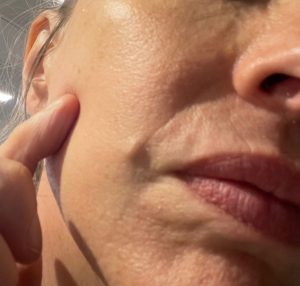
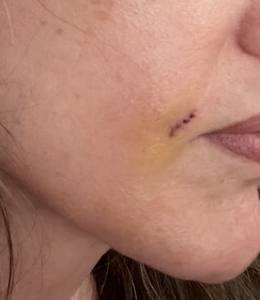
Results
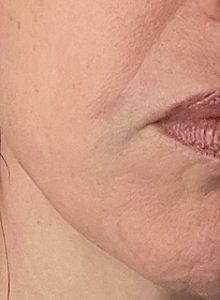
Discussion
Facial artery aneurysms are rare vascular anomalies. Most previously reported cases lacked a clear cause; in this instance, the etiology was likely direct needle trauma during filler injection, resulting in localized vessel wall injury and delayed aneurysm formation.
A commonly cited concern with facial artery ligation is nasal ischemia. However, this risk is primarily associated with intra-arterial filler embolization, where distal capillary occlusion and limited collateral flow cause skin necrosis. In contrast, unilateral ligation of the facial artery preserves adequate perfusion via contralateral anastomotic channels.
This case highlights the importance of recognizing vascular complications from cosmetic procedures, even years later, and demonstrates that small-incision ligation and excision can be performed safely with both functional and cosmetic success.
Conclusion
Facial artery aneurysm is a rare but clinically significant late complication of filler injections. Needle-induced arterial trauma may predispose to delayed aneurysm formation. Surgical ligation and excision through a minimal access approach provide definitive treatment with preservation of tissue viability and excellent aesthetic results.
Barry Eppley, MD, DMD
World-Renowned Plastic Surgeon

